Igwala Gwala Forest Trail In Eden Park St Lucia
Slowly easing into life on this tranquil island town situated between the Indian Ocean and St Lucia Estuary one can enjoy walking during daylight without a worry, nights preferably keep off the roads with Hippo coming up to forage on the lawns and in small forest at the edge of town.
First tree ones eyes are attracted to, standing out above most is the cabbage-tree (Cussonia spicate Thunb.) in Afrikaans we call this the kiepersol.
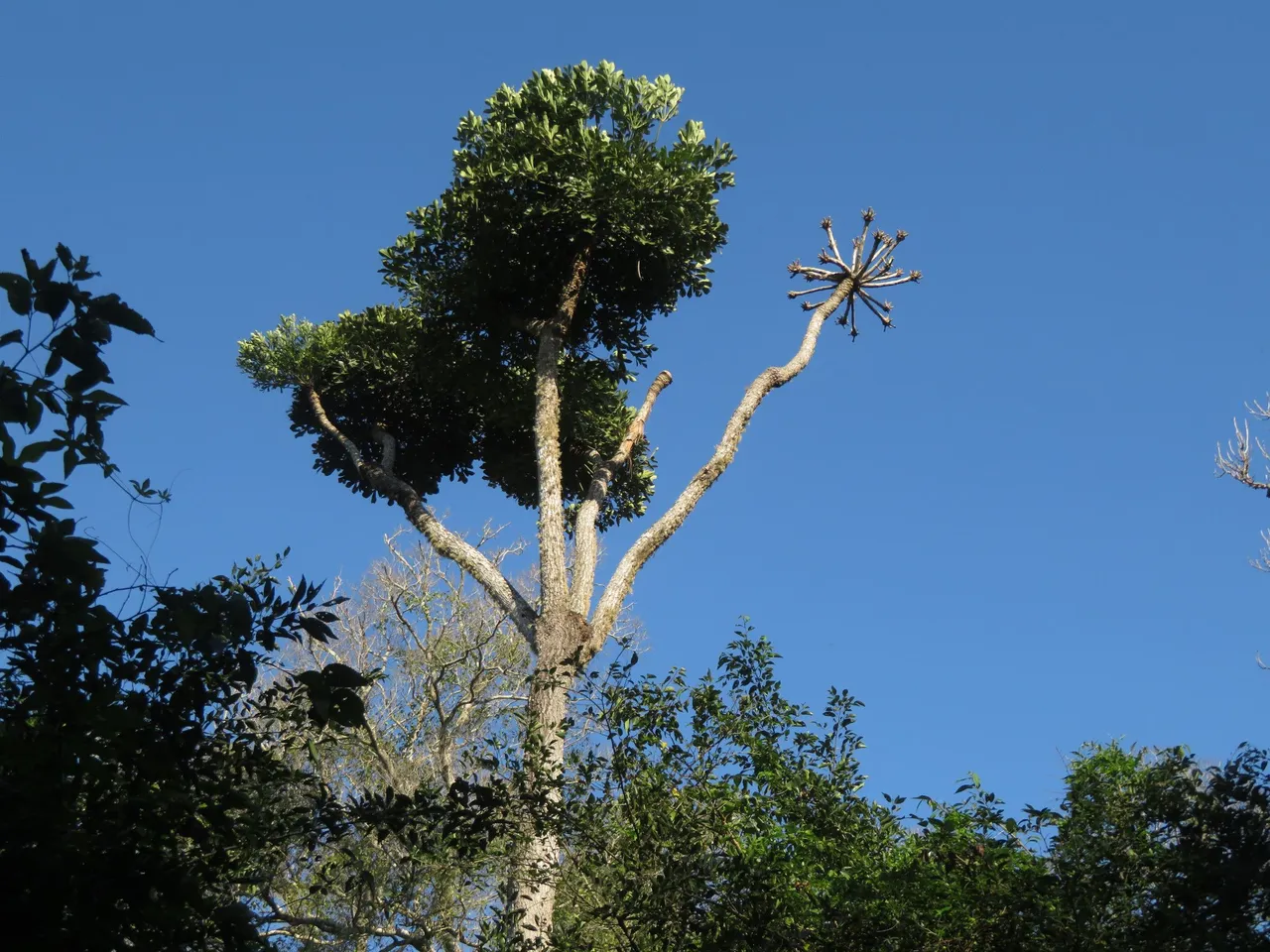
This tree has medicinal uses in treatment for indigestion, roots are edible and mashed root used in treatment of maleria. This area one may encounter maleria however we never take medication prior to going since have not heard of any infections in many years. More information on the Cussonia Spicata where I researched and source information.
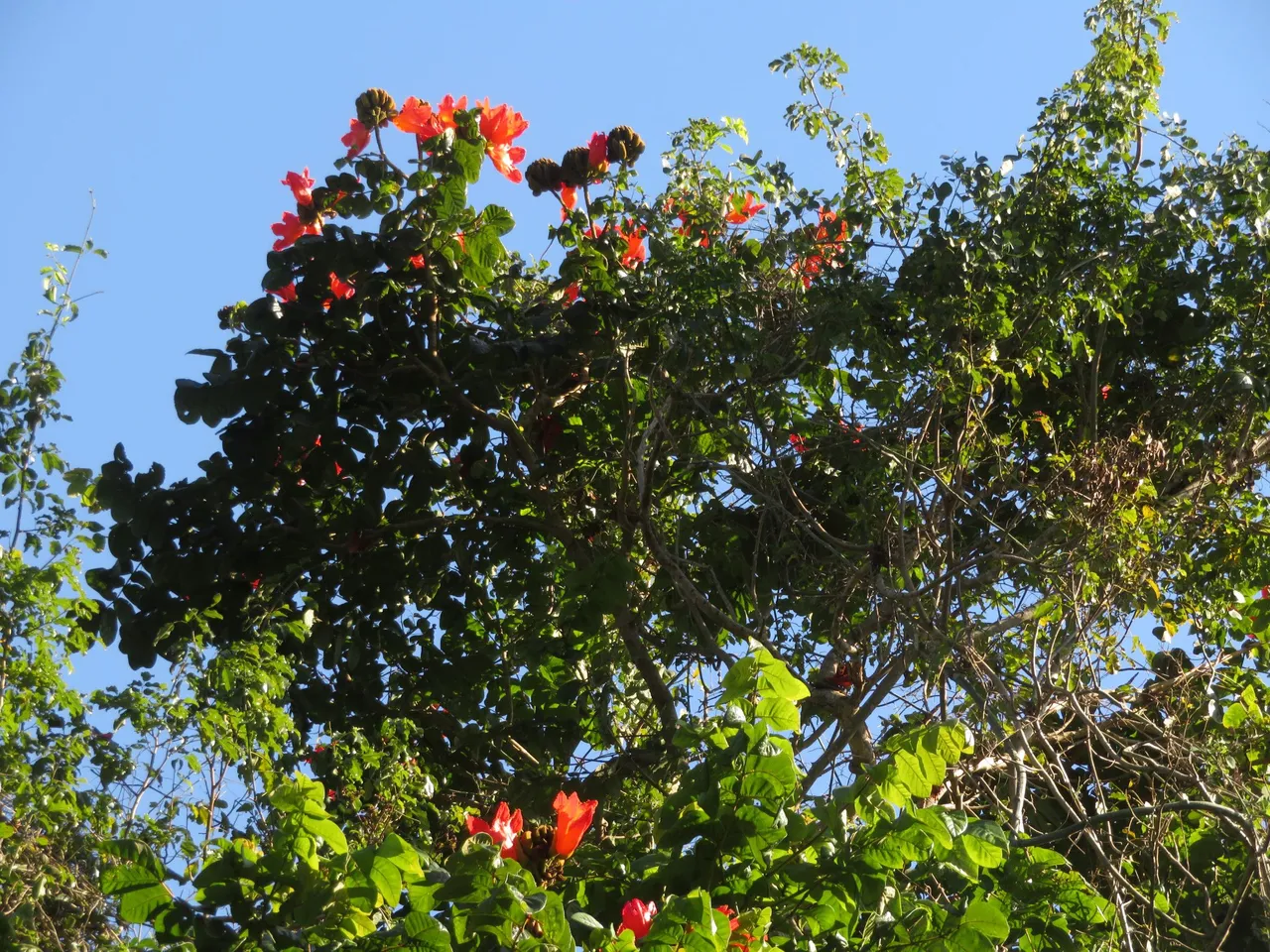
African Tulip Tree (Spathodea campanula) of West Africa is now deemed invasive. Some still survive being planted years ago before new scientific evidence ruled no new planting or selling of this beautiful specimen to offer local plant life better survival.

African Weaver Ants (Oecophylla longinoda) always exciting to see these nests, more to come with quite a few seen at different spots this time.

African weaver ants, Oecophylla longinoda (Latreille, 1802), are conspicuous arboreal ants, well known in the humid tropics of Africa. Weaver ants build large distinctive nest structures in trees by binding together clusters of leaves using a silk-like substance. Although many regard weaver ants as pests due to their bite, local people also use weaver ants for food, medicine, and as biological control agents. Here, I mapped the geographic distribution of O. longinoda based on >500 site records from 34 countries: Angola, Benin, Burkina Faso, Burundi, Cameroon, Central African Republic, Congo-Brazzaville, Congo-Kinshasa, Equatorial Guinea, Ethiopia, Gabon, Gambia, Ghana, Guinea, Guinea-Bissau, Ivory Coast, Kenya, Liberia, Malawi, Mali, Mozambique, Niger, Nigeria, Rwanda, Sao Tomé and Principe, Senegal, Sierra Leone, South Africa, South Sudan, Tanzania, Togo, Uganda, Zambia, and Zimbabwe. The documented range of O. longinoda is confined almost entirely within areas with Tropical (Group A) climates as defined by the Köppen-Geiger system: rainforest (Af), monsoon (Am), and savanna (Aw). This range map based on site records corrects inaccuracies in earlier published range maps, and allows prediction of areas where O. longinoda might be expected to occur, but it has not yet been reported. Source
Fungi on an old log had dried out and was hard to the touch, did not break any off took a photograph and carried on with the walk. Tried searching what I looked at to no avail, sorry perhaps members will be able to assist with identification.
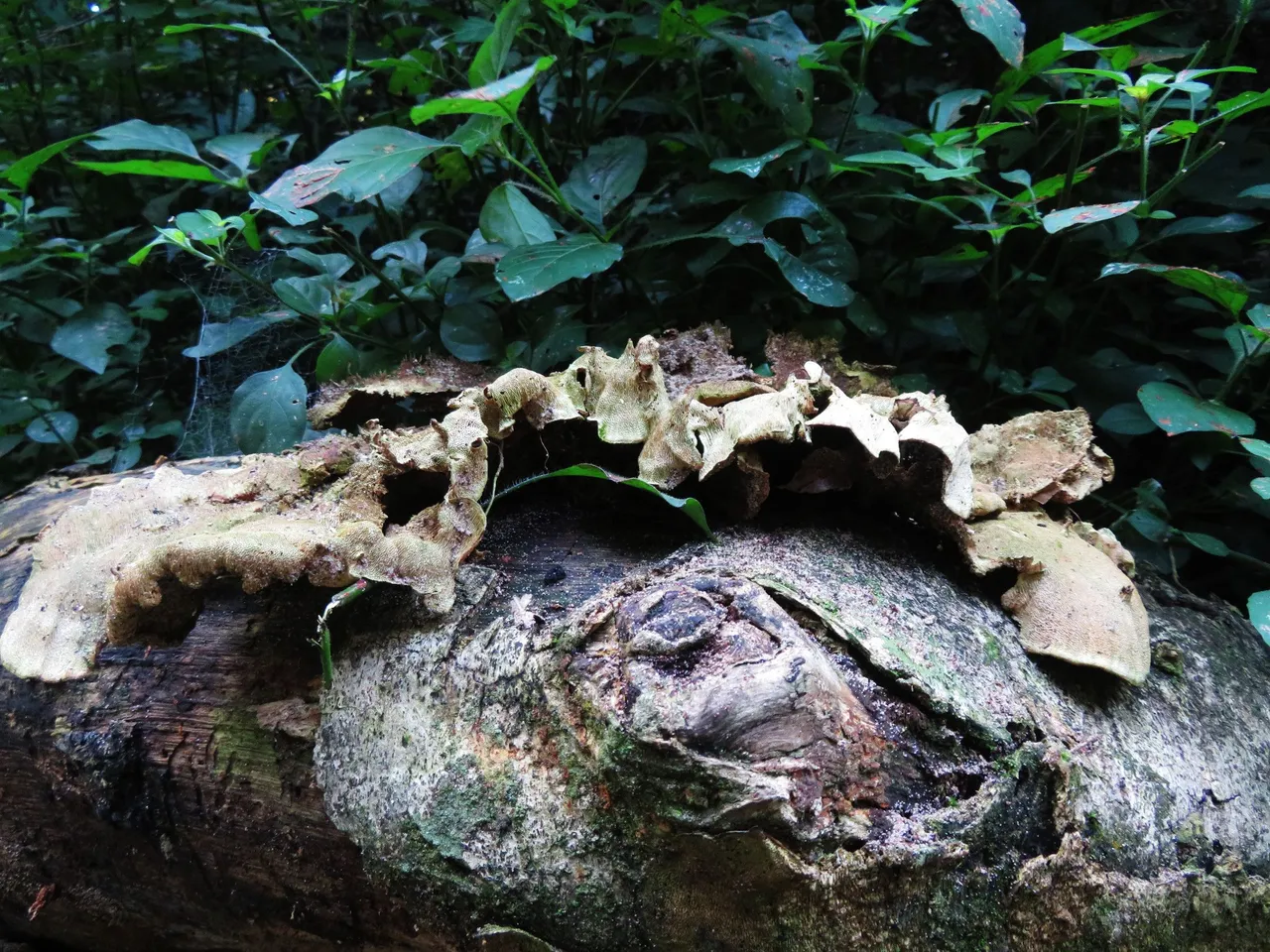
Layman (Amauris albimaculata) elevated above to capture with a bit of zooming in to try capture this beauty.

The sedate and elegant Layman inhabits forests, woodlands and savannas, occurring from the Eastern Cape through Kwazulu Natal into the Lowveld of Mpumalanga and Limpopo, and from there as far north as Cameroon and Ethiopia. They fly slow and high, descending only to feed on flowers and alkaloids seeping from damaged and wilted plants. Being a distasteful species, at least three other kinds of butterfly mimic the Layman’s colouration and patterns. Adult Laymans have a wingspan of 5 - 7cm and can be seen on the wing throughout the year. Females lay clusters of 3-40 eggs on the underside of the leaves of a wide variety of food plants. Source
Buquet's Vagrant (Nepheronia buquetii) the day of butterflies, birds were shy or just having a good time above very few settled!
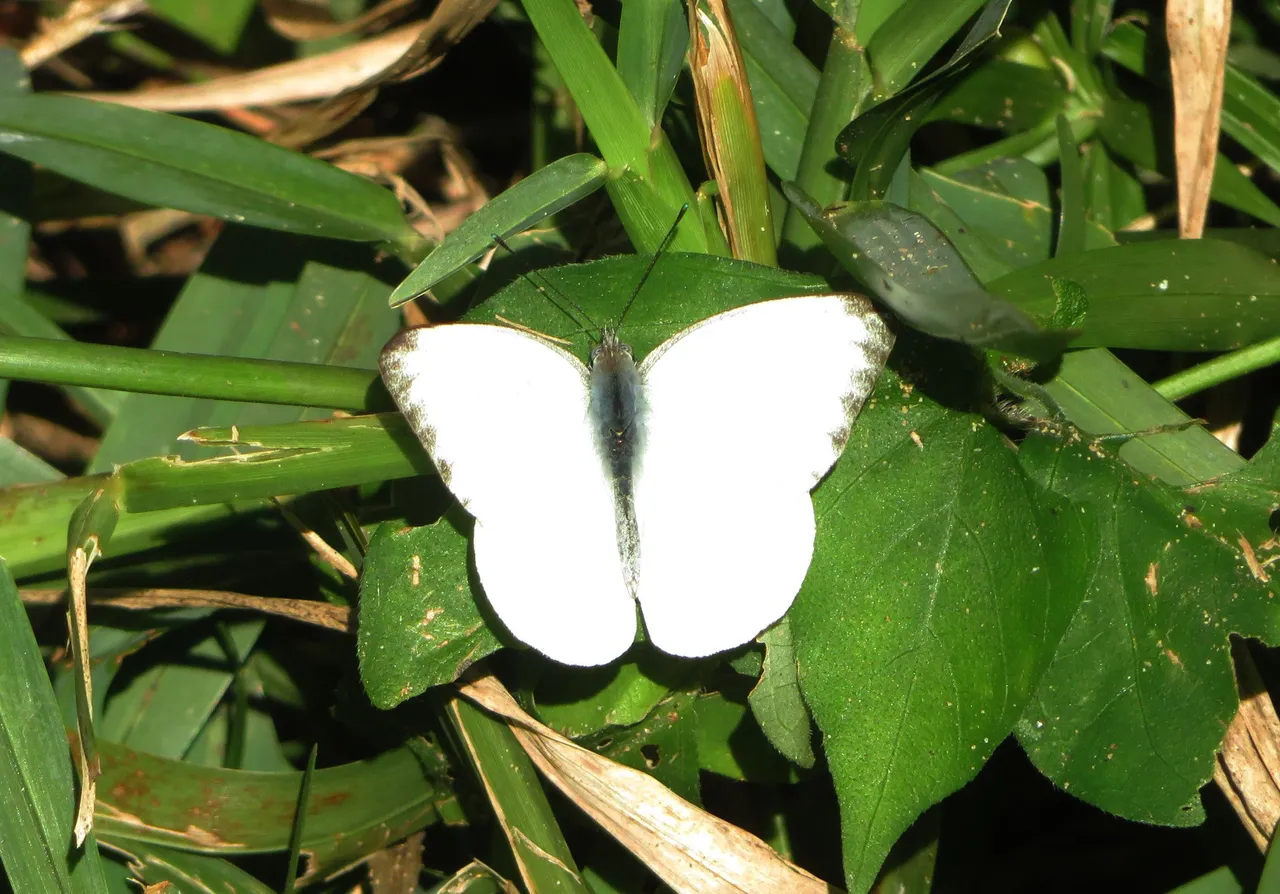
Nepheronia buquetii, the plain vagrant, Buquet's vagrant, or green-eyed monster, is a butterfly of the family Pieridae. It is found throughout Africa. The wingspan is 45-50 mm for males and 48-56 mm for females. Adults are on the wing year-round, more commonly in winter months. Source
Ambling around this area you take as long as you wish, on soft soil one is able to go silently in the hope of seeing small buck, today was not the day for us. Moving on the flora and insects made the day appealing.
Puzzle-Bush (Ehretia rigida), or in Afrikaans Deurmekaarbos an apt description of the criss-cross growth in a state of confusion, giving colour under the green forest canopy above. Hardy wood used to make bows, spear shafts or pestles for the kitchen. Identification Source
This bush will transform into bright orange berries enjoyed by bushbuck and birds alike in the next season.

Between the green an African Wood White (Leptosia alcesta) - Afrikaans Fladderpapiertjie or 3 - 4 cm fluttering piece of paper found in forested area, small in size enjoying the shaded areas year round, feast your eyes in this small Eden Forest, lose yourself in oneness with nature. More information
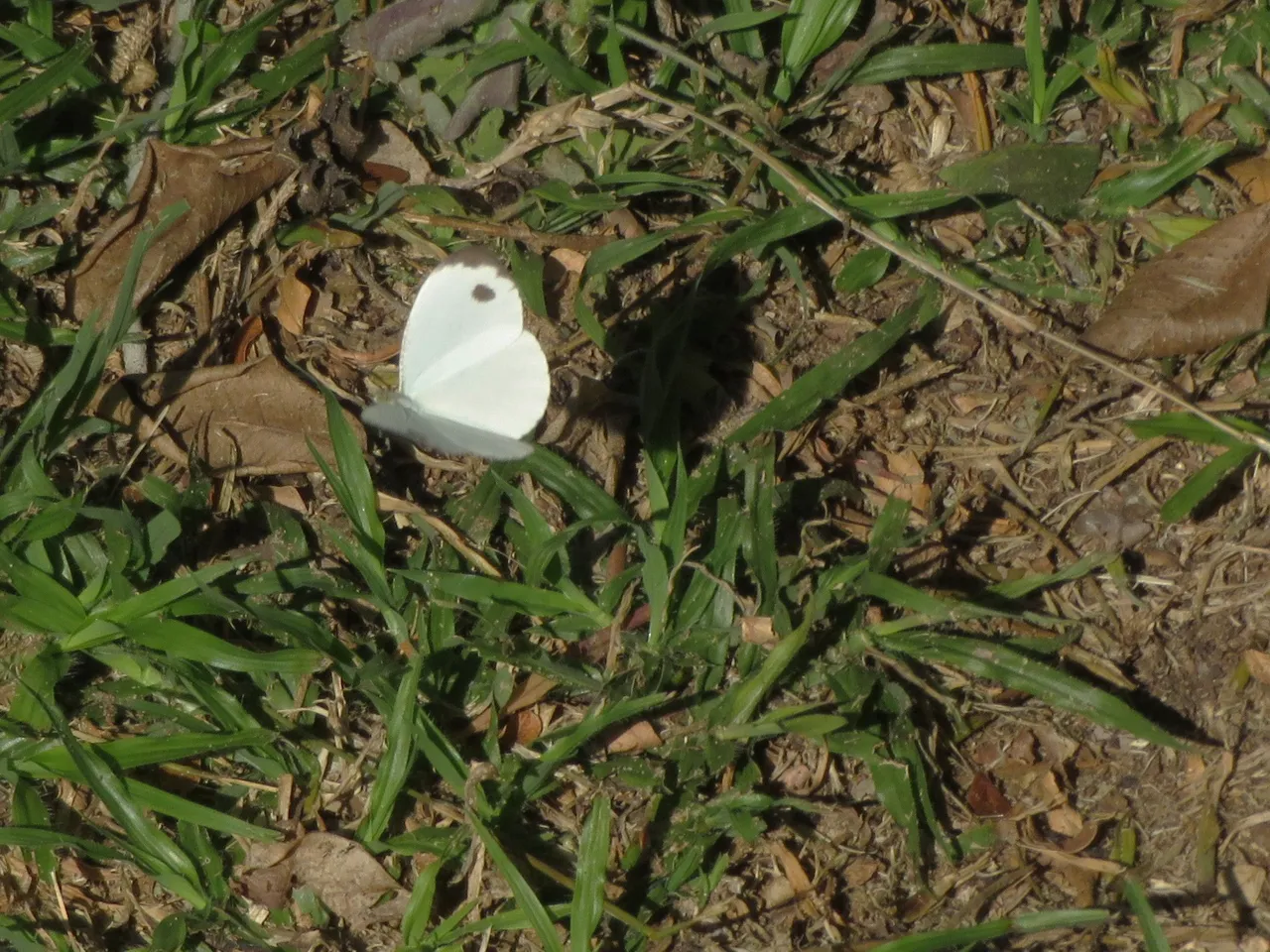
Next up along the path possible Genus Crepidotus fallen trees remain to enhance growth on the sandy floor beneath, damp underfoot one will see fungi, no expert so rely on broad definition for these, perhaps similar in above photograph. Experts on fungi may assist with identification.
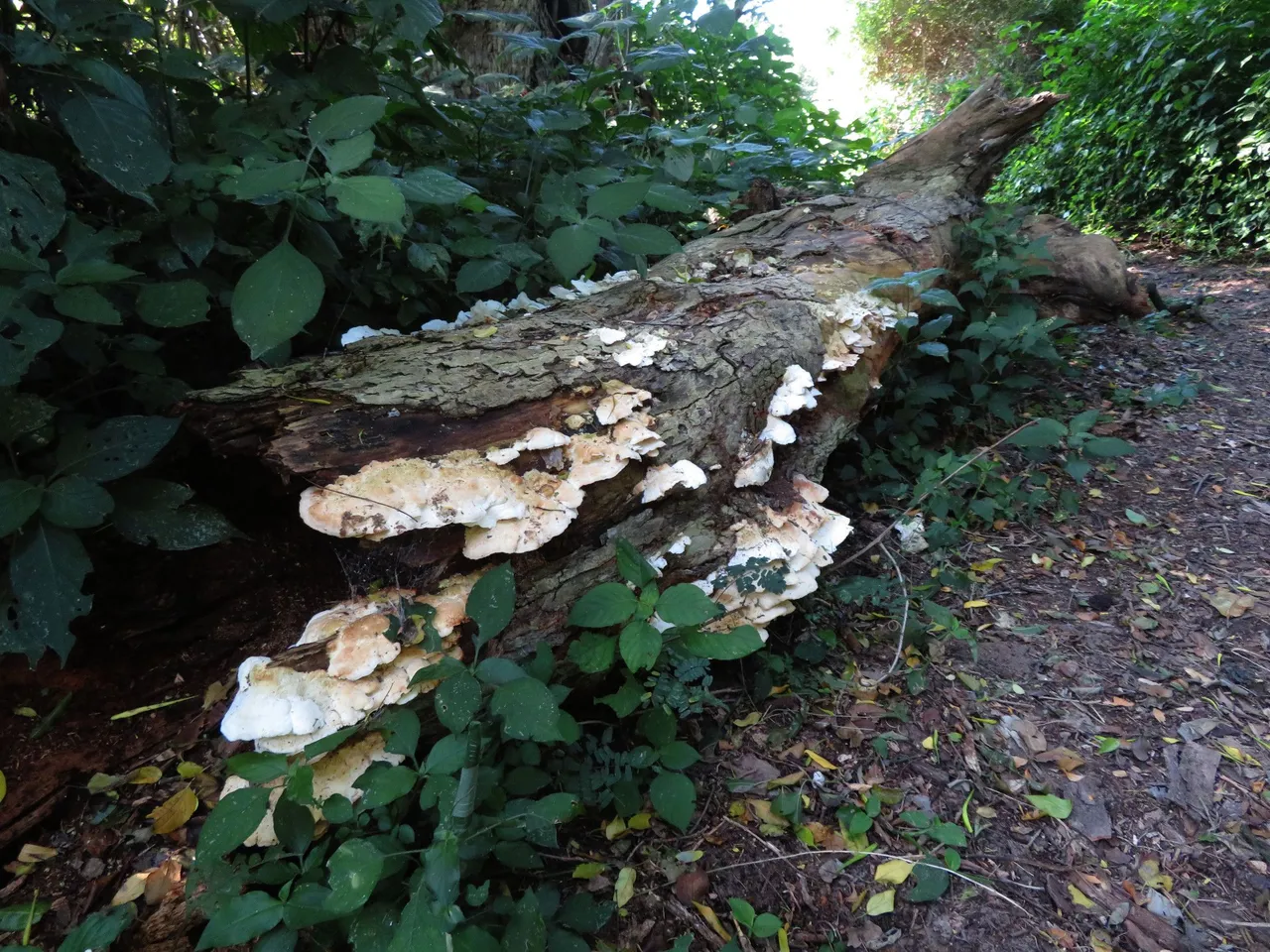
African Common White (Belenois creona) butterflies aplenty wherever one turns another appears dazzling in beauty of the undergrowth. Source
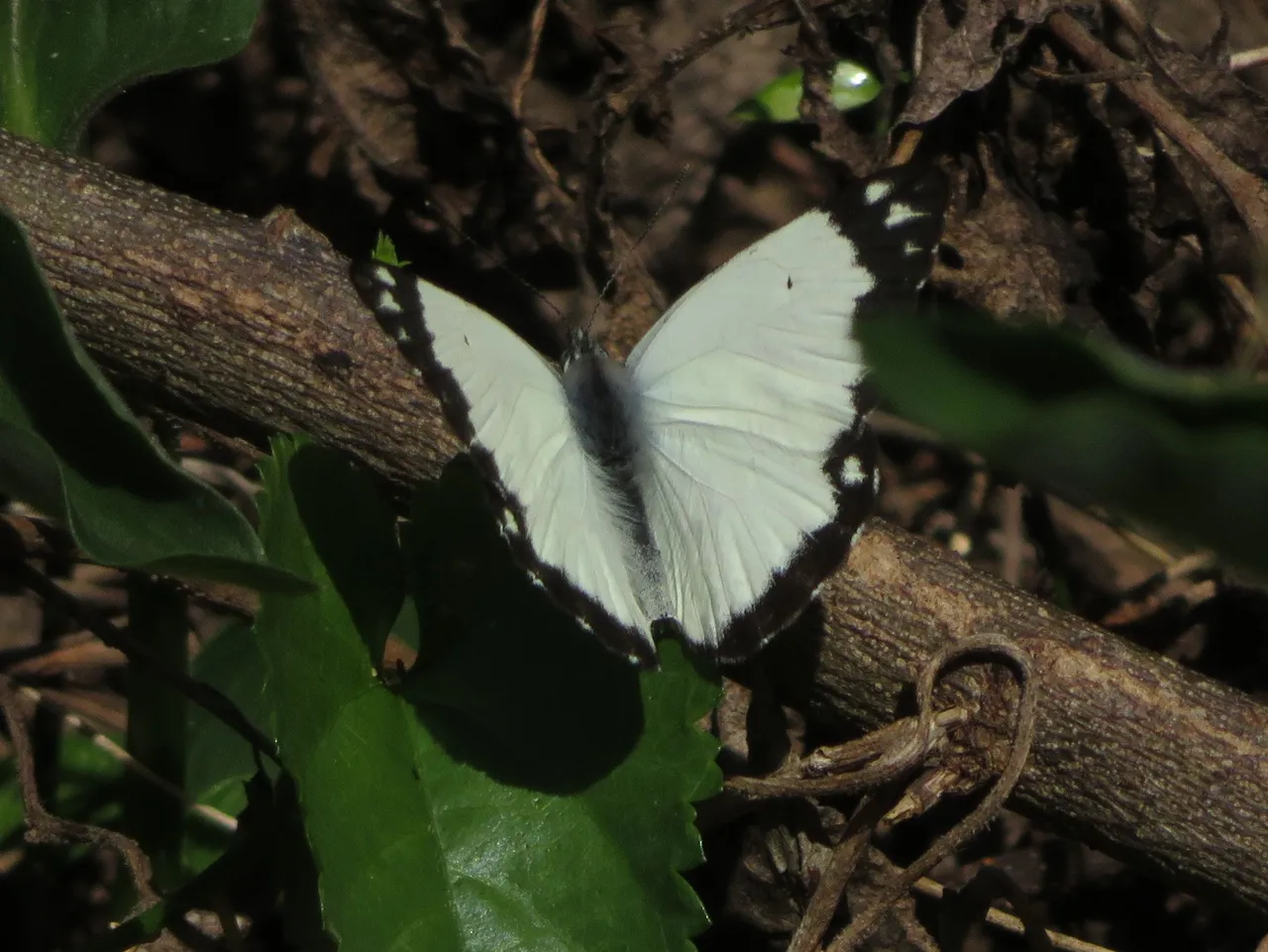
Lush green trees with monkey ropes everywhere, not much bird life as witnessed in May visits, apparently July is a quiet time of year, wait and see this is only the first day out!
Somewhere within we had taken the wrong path ending up on tar, so we ambled along seeing a small red duiker jump into the bush and hide, found the path taking us back to the other side of the forest back up the main road of town.
This remote little town has/is taking a big knock financially with all restaurants closed, no international visitors, very few local visitors, more like a ghost town!

Today 12th July I sit with a heavy heart, my soul weeps for the country with looting, burning, mayhem breaking out throughout our province, spreading like wild fire.
Media are trying to excuse this away as hunger, sorry not when people are stealing TV's, beds and anything they can muster up on a spree of randomly targeting stores. Local business have now been called to support police trying to hold back criminal element.
This has nothing to do with Zuma going to jail for ignoring the law, jailed for contemp of court, this is planned looting by creating an ungovernable mob, till next we chat....
To all South African's stay safe, lock up and be vigilant! Covid is a drop in the ocean compared to what is happening now.

All photography my own using Canon Powershot SX730 HS camera. Any queries or requests please drop a comment below or make contact with me, have a wonderful day! Photography without tripod, go with the flow wherever life takes you. NB: Amateur photographer in nature, keep smiling!
Thought for Today: "A regular fighter who discords peace is bound to be fought by his own anger." - African Proverb
Communities to Enjoy On Hive: #lifestylelounge @hive-114105, #qurator @hive-102880, #featheredfriends @hive-106444, #wednesdaywalk @hive-155530, #amazingnature @hive-127788, #alwaysaflower @hive-154065, #feelgood @hive-19093, #theterminal @hive-101265, #ladiesofhive @hive-124452



